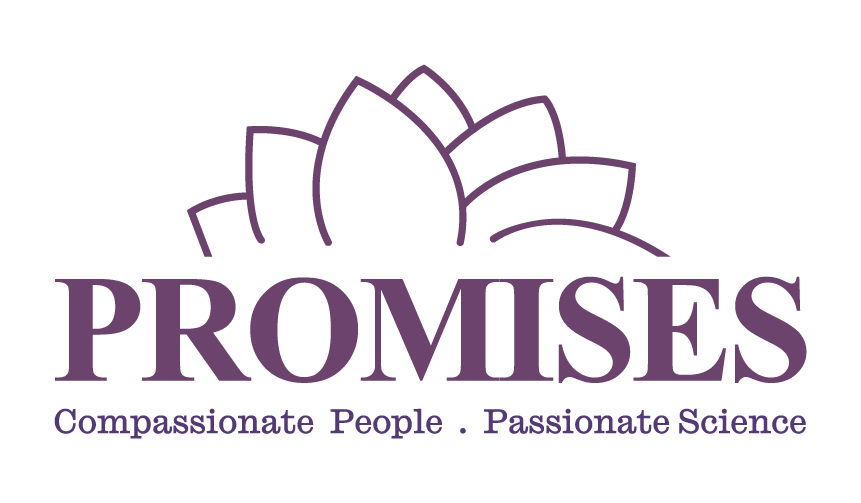For individuals that are taking the first step to seek help from mental health professionals, it is natural that they may be concerned with the possibility of a misdiagnosis, or perhaps an overdiagnosis. With the pre-existing stigmatisation of mental health disorders, clients would have needed to pluck up their courage to seek treatment in the first place. A misdiagnosis could not only hinder them from receiving the appropriate treatment for their affliction, but also allows for their distress to grow unchecked as their hope for recovery diminishes. In other words, accuracy in evidence-based mental health diagnosis is crucial, and this article aims to help you better understand how the diagnostic process works.
As the term “Evidence-Based Diagnosis” implies, psychiatrists or clinical psychologists take extra care to ensure that any diagnosis made is accurate, objective, and not subject to any form of personal bias. In some sense, this also means allowing for a safe, non-judgemental and compassionate environment. Primarily, clinicians would have to understand the client’s suffering and situation, before thinking about how that might relate to a possible mental disorder. Perhaps you may be unaware of this – clinicians do not simply jump straight into tying the client down with a specific diagnosis of a mental disorder. Before all else, clinicians have to consider if the client’s symptoms meet the definitions of a mental disorder in the first place. As per the fifth edition of the Diagnostic and Statistical Manual of Mental Disorders, the definition of a mental disorder considers these five factors:
- A behavioral or psychological syndrome or pattern that occurs in an individual
- Reflects an underlying psychobiological dysfunction
- The consequences of which are clinically significant distress (e.g., a painful symptom) or disability (i.e., impairment in one or more important areas of functioning)
- Must not be merely an expected response to common stressors and losses (i.e.. the loss of a loved one) or a culturally sanctioned response to a particular event (i.e. trance states in religious rituals)
- Primarily a result of social deviance or conflicts with society
With reference to the definition of a mental disorder, it is particularly important to note that the consequences of a mental disorder is clinically significant, and causes a weighty amount of disruption to one’s lifestyle and day-to-day activities. For example, it is completely natural for one to feel upset over certain situations, and this does not necessarily mean that you have a case of depression. However, you might need to get it checked out if you find yourself unable to cope with prolonged feelings of sadness which start to interfere with your daily activities, or are causing you to have suicidal thoughts.
Of course, clinicians then assess the syndrome one displays. By “syndrome”, we mean a collection of signs or observable aspects of the client’s suffering (i.e outward expression or behaviour). The main point of this is to identify if the syndrome is clustered in an identifiable pattern that is noted to be severe or pervasive. During the assessment phase, clinicians also try to understand the internal experiences of the client. Besides their outward display of distress, their thoughts and feelings are also important information which counts towards the diagnosis of certain disorders. Upon identifying that the client is indeed suffering from a mental condition, clinicians then try “assigning” the client to a particular category. You can think of it as, “can the syndrome be broadly identified?” There are certain broad categories of disorders, such as anxiety disorders, or psychotic disorders. Needless to say, clinicians have to consider which category the client best fits in.
The last step of the diagnosis process concerns the further narrowing and identification of the specific disorder – branching out from the broader, generalised category and into the specific details. For example, a client could be diagnosed with Obsessive-Compulsive Disorder (OCD), a form of an anxiety disorder. Ideally, a specific disorder is identified during the diagnosis process for various reasons – for the sake of the clients themselves, but also for clearer communication with other mental health professionals (in the case of continuity of care), and even for legal or court matters. Under rare circumstances, some clinicians are able to identify the broad category of the mental disorder, yet are unable to specify the exact condition that the client is suffering from. In cases like these, their disorders will be labelled as “unspecified”, as per the 10th version of the International Classification of Diseases.
As mentioned, evidence-based mental disorder diagnosis is all about diagnosing clients accurately and objectively. To enhance objectivity, some clinicians go the extra mile, stopping to consider if the diagnosis given was biased, or influenced by his or her own culture and history. “Is the syndrome maladaptive?”, “Did I take cultural variables into account?” An objective diagnosis will certainly go a long way in ensuring that the client receives the most appropriate treatment, which will in turn enhance his or her recovery journey.
Overall, it is safe to say that it takes two hands to clap in every treatment process. Clients and clinicians should try as much as possible to work together, be it in the assessment or treatment phase. For an effective treatment, clinicians will do their best to assess the severity and pervasiveness of any syndrome using understandable language such that clients are well aware of their condition. However, clients also need to understand that transparency on their side is pivotal and that it will drastically impact the treatment process, for better or for worse, depending on their cooperativity and how much they choose to reveal.
References:
Dr Robert Shwartz, Ph.D., PCC-S, Evidence-Based Mental Disorder Diagnosis: How to Increase Accountability, Efficiency and Objectivity, video recording, Mental Health Academy
<https://www.mentalhealthacademy.co.uk/dashboard/catalogue/evidence-based-mental-disorder-diagnosis-how-to-increase-accountability-efficiency-and-objectivity> (Accessed 11/09/2020)

